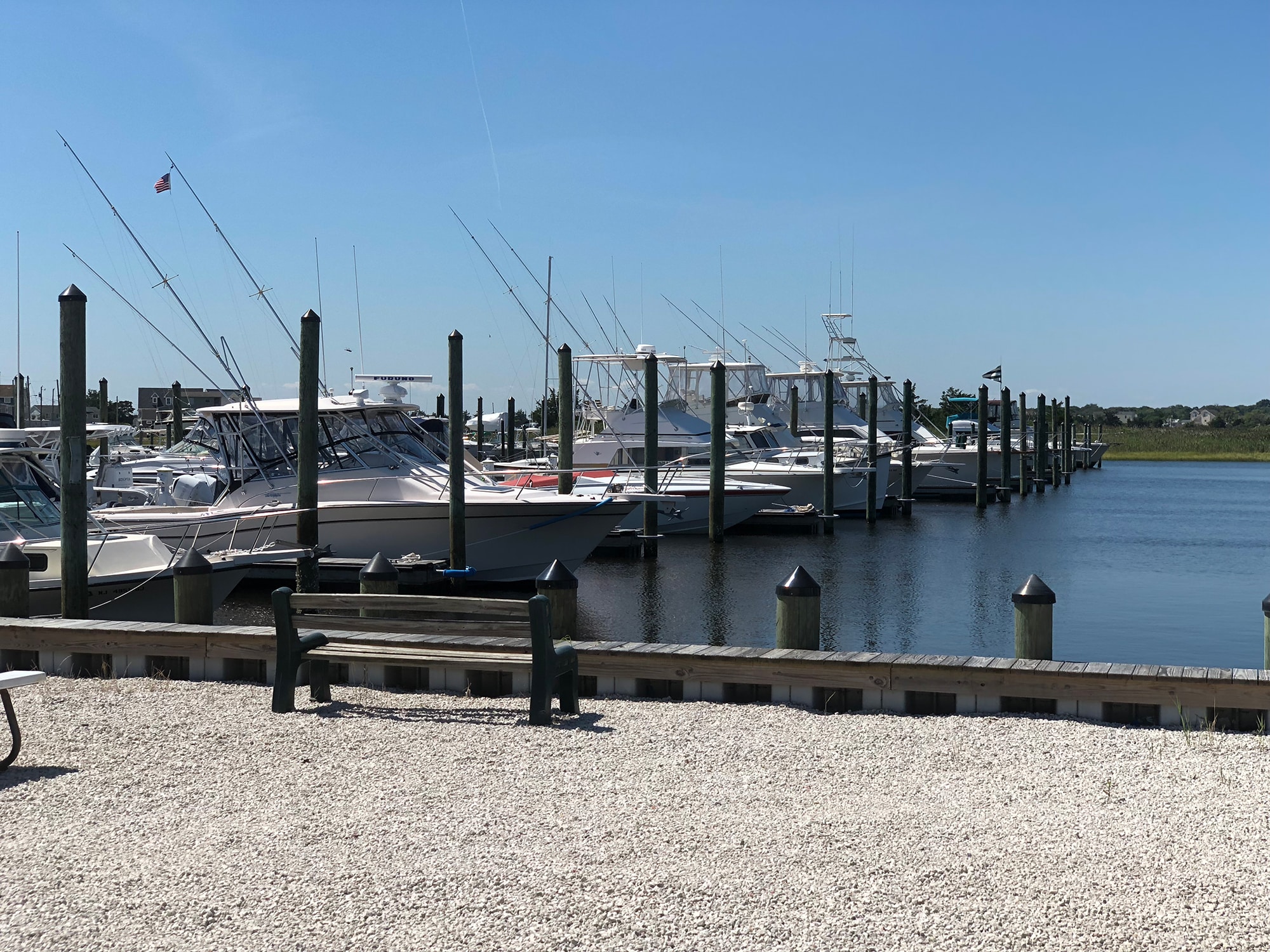Boating is one of the best feelings in the world – whether you are at the helm out on open waters, catching those monster fish, or surrounded by your friends and family, there are few activities that are relaxing and enjoyable as being on the water.
However, over the years of talking to our customers, we have learned that many people find docking their boats to be extremely stressful. Weather conditions, type of dock, the direction of approach to the dock, tide height, and other factors all play a role in getting your boat into the slip properly. Sometimes it just isn’t easy, especially for those just getting started. This is why we offer a free on-water on-boarding will all of our boat purchases so that you get an idea of how to handle your boat, both in and out of the slips.
So how do I properly dock a boat into a slip?
As a boater, docking into a slip is going to be a common scenario that you find yourself in, whether it is your slip, a friends’ slip, or a public marina. Learning how to properly dock a boat is not something that has to be difficult and both new and seasoned boaters can master this skill by following this guide.
Watch your speed
First and foremost, one of the most common phrases you will hear when it comes to boating is “never approach a dock faster than you are willing to hit it,” and while it may sound obvious, it is one of the most sound pieces of advice that you will ever hear. Sometimes you will need throttle to dock your boat, but most times, going slowly will serve you the best. It allows you to see what is going on around you without the water flowing around you and it allows you more control of the vessel.
Prepare before you head in
Before you head in you should prepare your docking lines on both the bow and stern and attached your fenders ahead of time, this way you are not fumbling around looking for your lines while you should be concentrating on getting lined up.
Check your surroundings
Once you are getting closers to the dock, you should begin to check your surrounding and line up your approach. You are not the only boat in the water, and when moving slowly you are more susceptible to factors such as wind speed and current. You have to make sure to look out for other boats, people, and make sure to line yourself up with the dock as best as you can. Take these factors into consideration.
Proceed with caution
As you close in on your slip, proceed with caution make sure that you are going slow: within a slip, you have limited mobility which means you have little room for mistakes. Going slow helps you to control your boat and the scenario. In most situations, you will want to position your boat so that you are able to back into the slip. Before you start backing in, make sure to center your wheel.
Final techniques to back in
Once you are lined up with the slip, slowly reverse your boat into the slip. Try to keep the boat steady by asking your passengers to sit while you back up, not only for their safety but for balance as well as you move back into the slip. Once you are back into the slip, apply one last small burst of power forward to stop your backward momentum. Once your momentum has stopped, ties off your lines to the dock, make sure everything is secure and then proceed to turn off the engine, clean everything up, and disembark from the boat.
Properly docking into a slip is an art form, one that is not overly difficult. With enough practice, you will be a professional. Docking into a slip can be intimidating because of the mitigating factors that are out of your control, but if you are able to stay calm and flexible you can adjust to any conditions and safely get your boat docked.

